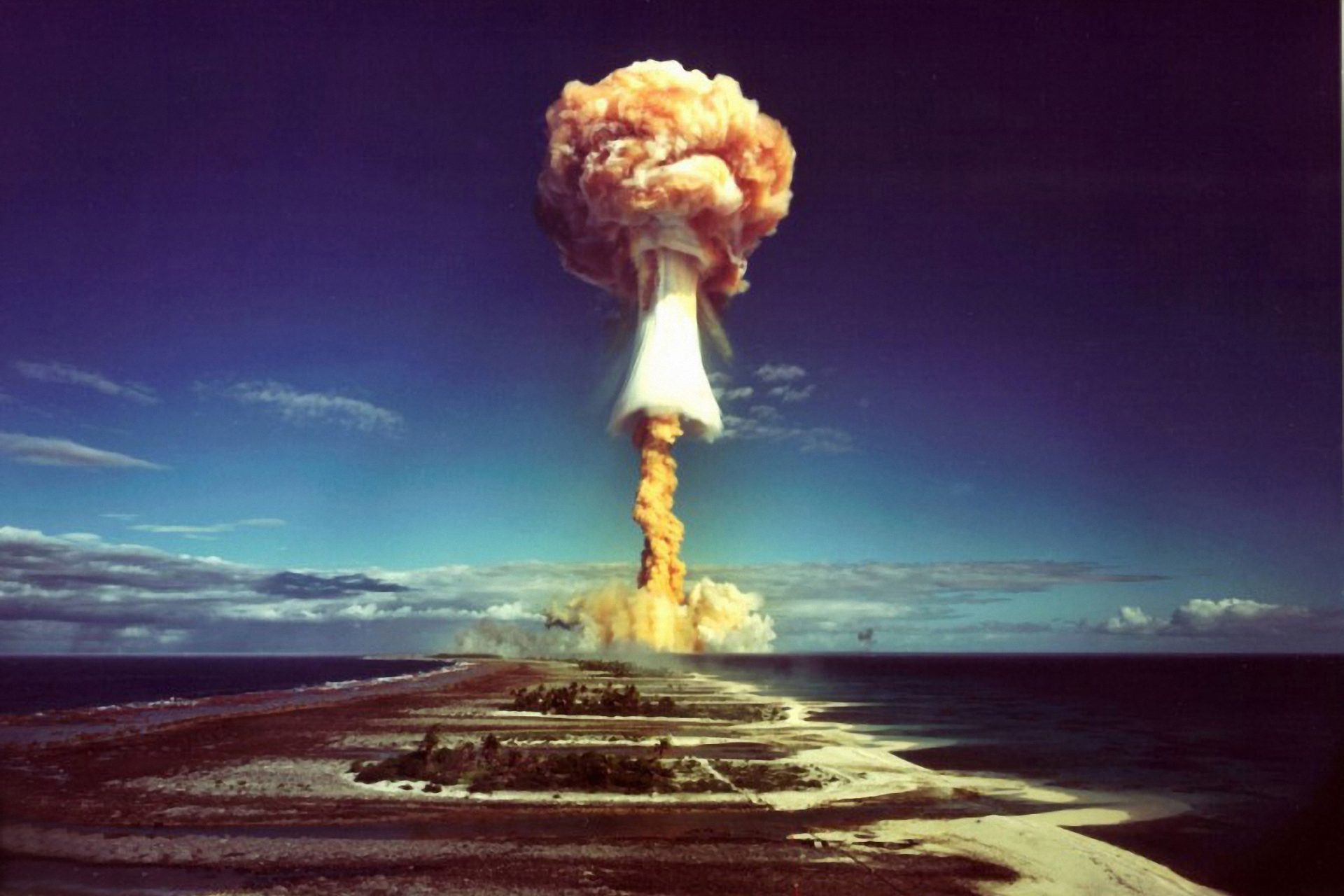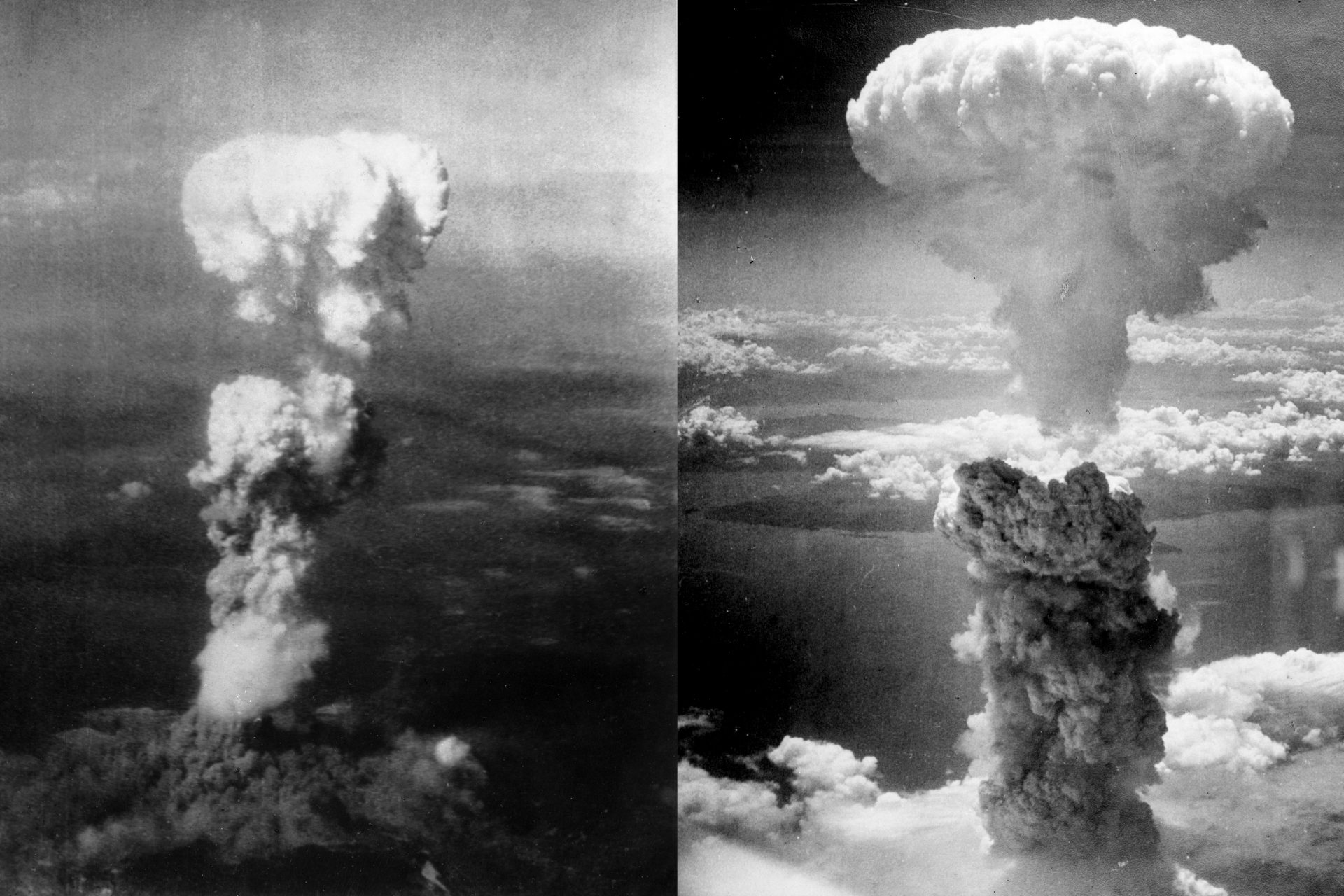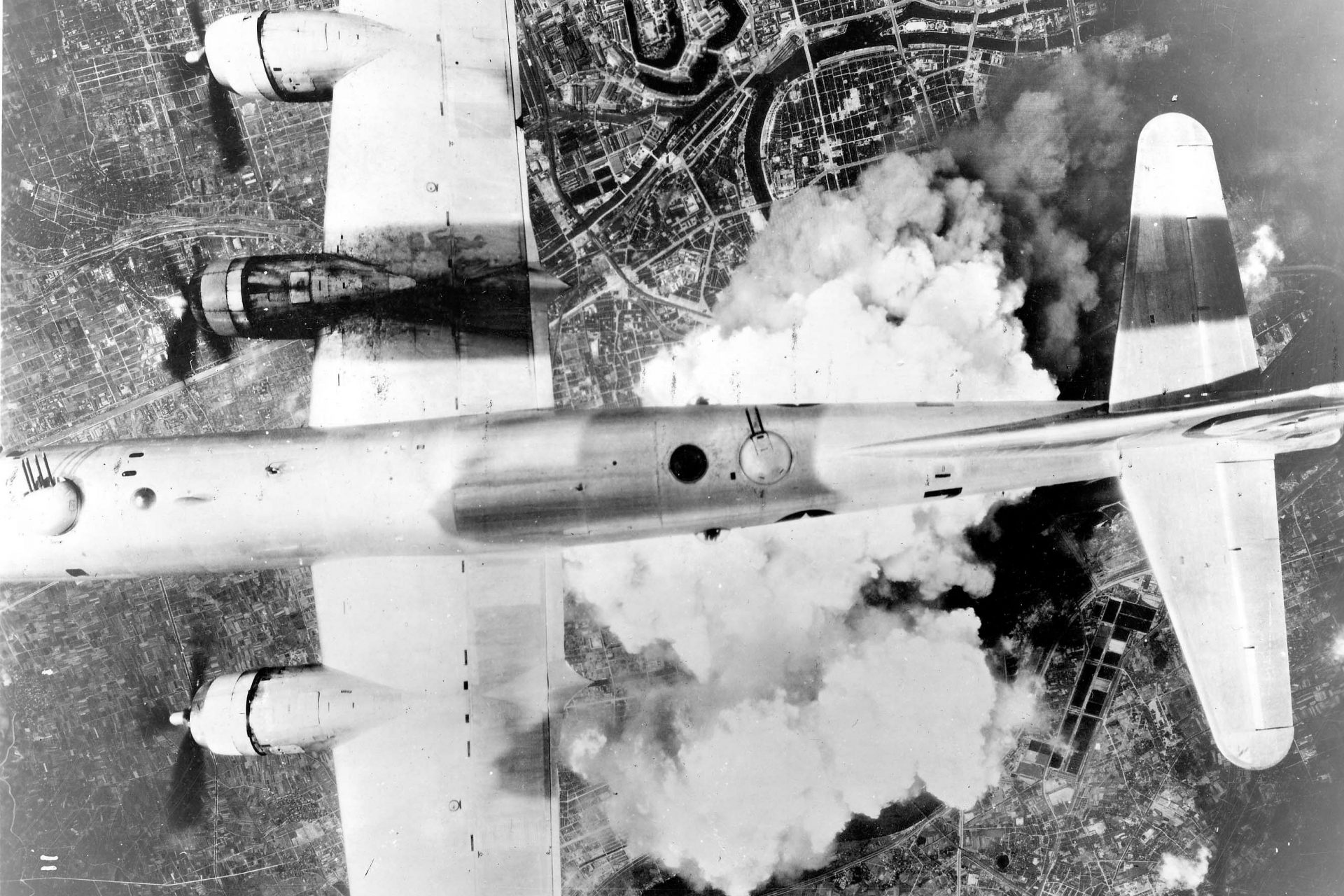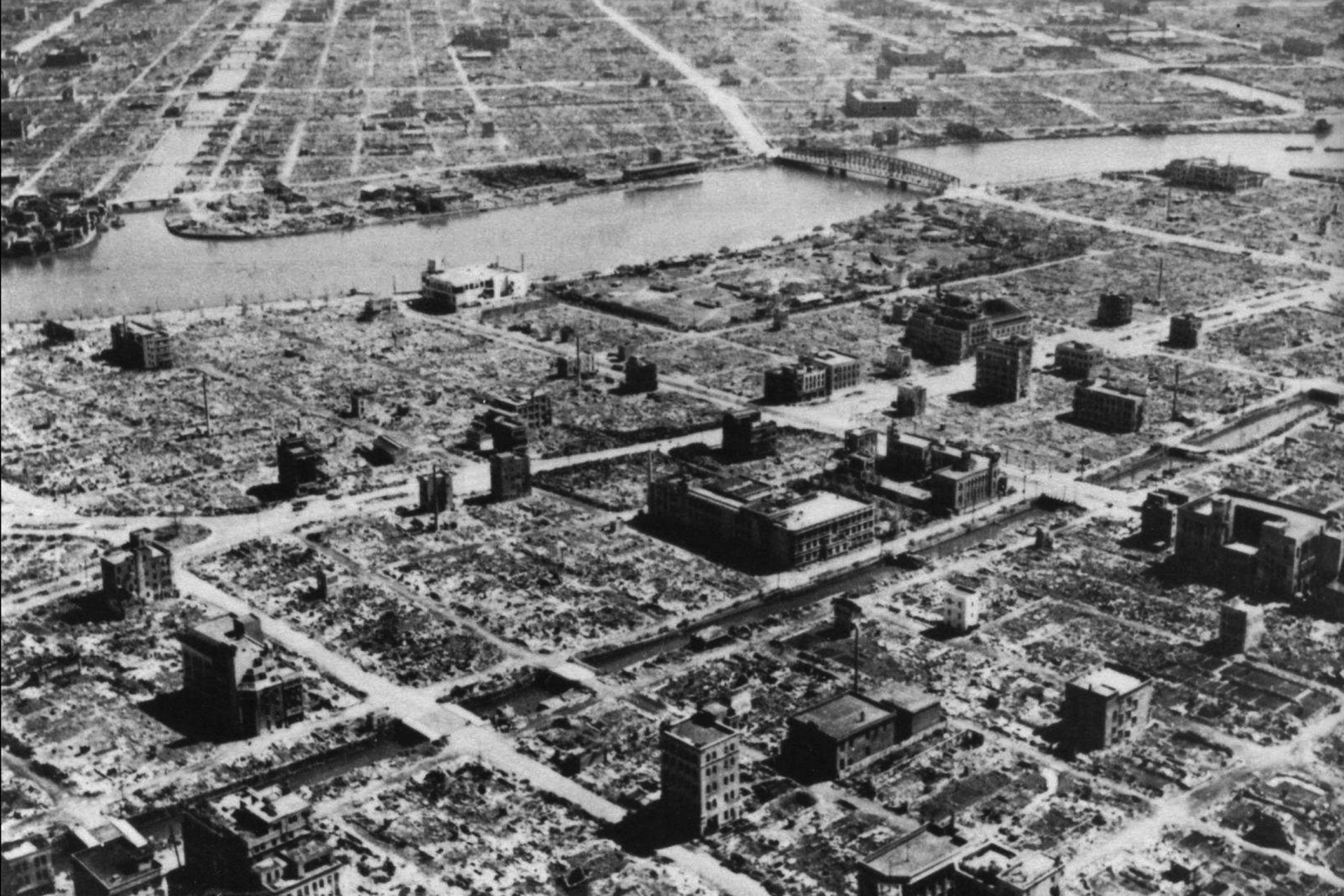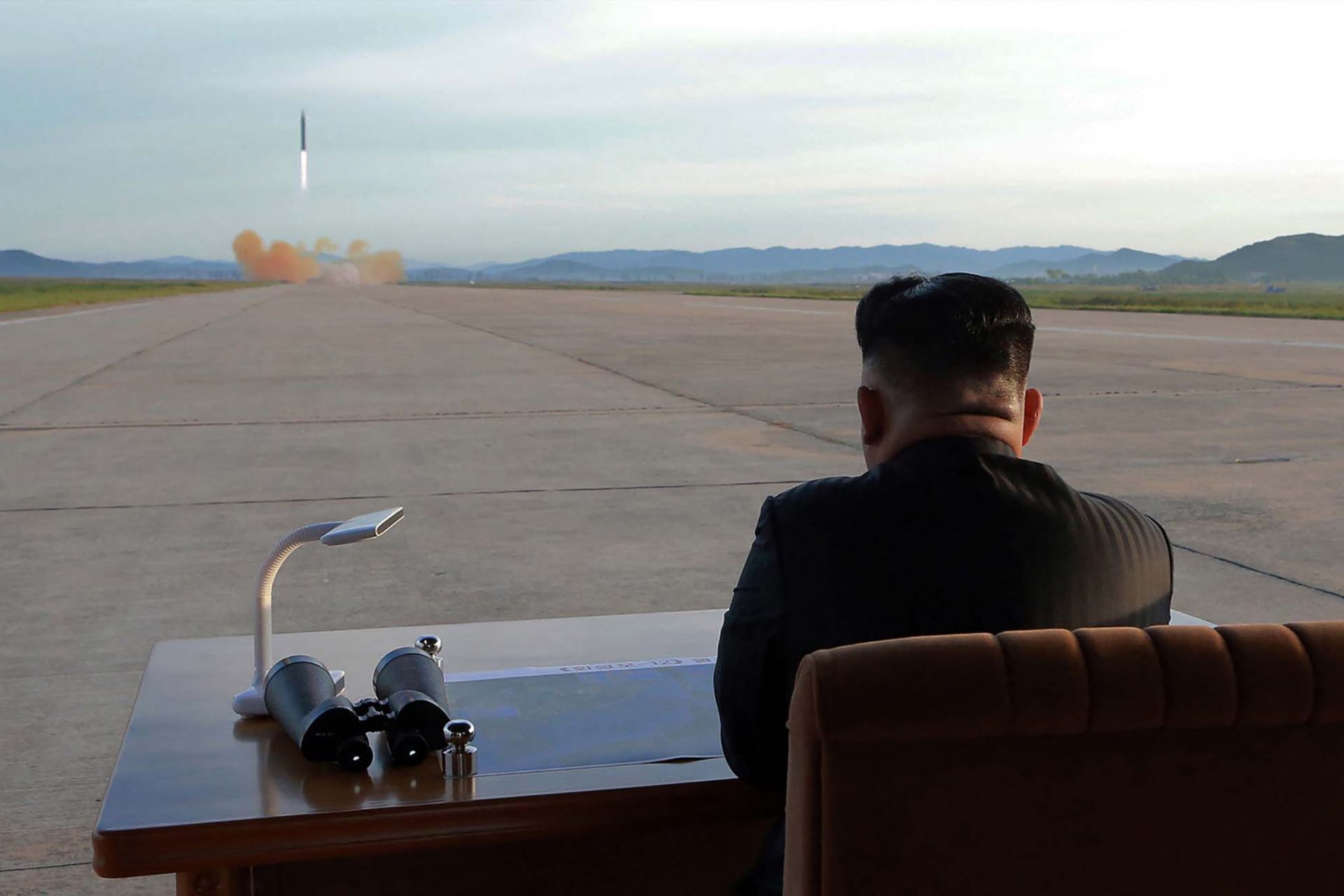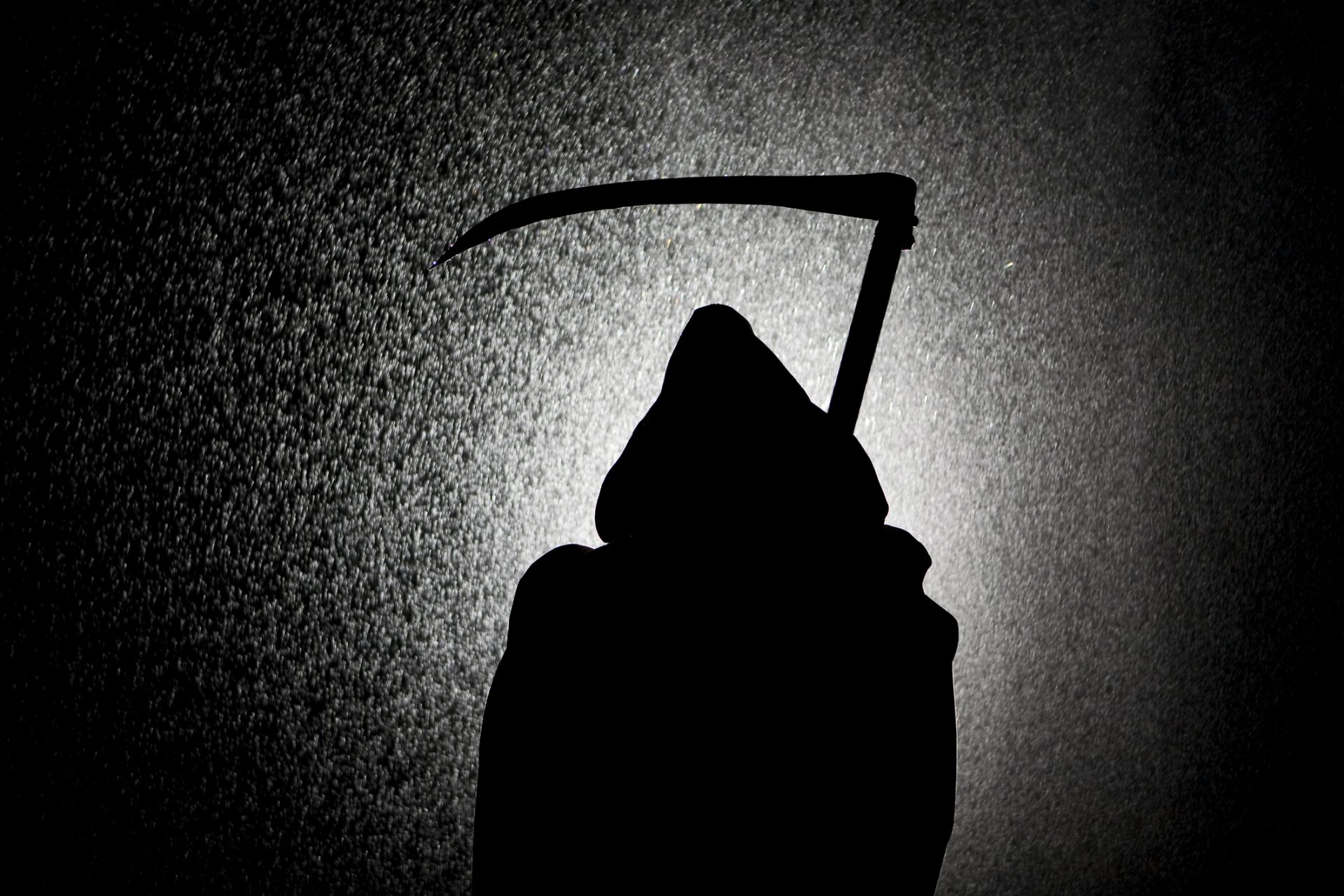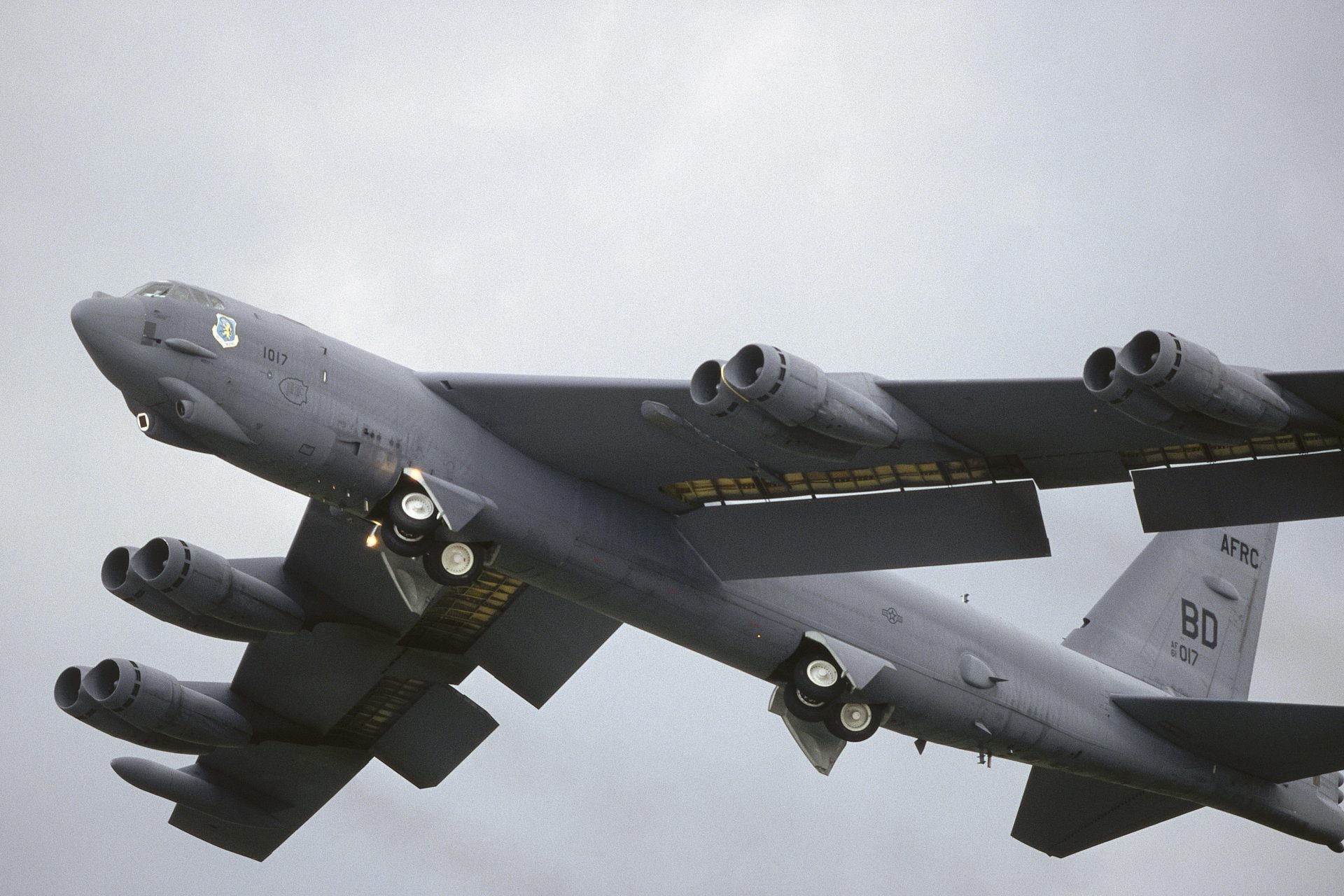The Unimaginable Heat and Shock of a Nuclear Explosion
Since the ominous emergence of nuclear weapons, people have been curious about the firsthand experience of a nuclear blast, contemplating the chilling power of these doomsday devices that have become an enduring part of our reality.
The answer to what a nuclear explosion would be like isn't difficult since we have several accounts from people who were victims of the first two nuclear bombs ever used as well as accounts of the explosions from those who worked on turning the theory behind the weapons into a reality.
Photo Credit: Wiki Commons
Take for example the memories of former U.S. Navy scientist Rod Buntzen, who in 1958 observed the detonation of an 8.9 megaton thermonuclear explosion off the coast of the Marshall Islands and said the experience was forever etched in his mind.
“In a nuclear detonation, the thermal and shock effects are the most immediate and are unimaginable,” Buntzen explained in a 2022 New York Times article.
“The fission-fusion process that occurs in a thermonuclear explosion happens in a millionth of a second," Buntzen continued.
Photo Credit: Wiki Commons
Buntzen was 20 miles away but was still able to experience the blinding light and powerful shockwave that raced towards him as the initial fireball from the explosion appeared and rose into the air above the blast site pulling the surrounding ocean with it.
As the fireball continued to rise and expand, the heat of the explosion came on next. Buntzen felt as if it was becoming unbearable according to his account shared with the NYT and he could feel that his exposed ankles were starting to hurt from the rising temperature.
“Time seemed to have stopped. I had lost my count of the seconds,” Bintzen explained before he went on to describe the intense heat he sensed and how he felt as though the back of his head was going to catch on fire.
Next Buntzen noted the brightness of the detonation, a blinding light he said “defies description.” This blinding light of a nuclear explosion is probably what most people think of when they consider what it would be like to be in a blast, and for good reason.
Fujio Torikoshi was just a child living in Hiroshima when he lived through the world’s first deliberate atomic bombing and detailed the memories of his experience with the blinding light of a nuclear explosion that has become part of our collective consciousness.
“Bewildered, I glanced to the northeast. I saw a black dot in the sky. Suddenly, it ‘burst’ into a ball of blinding light that filled my surroundings,” Torikoshi explained according to a Time Magazine piece titled, 'After the Bomb'.
The explosion was quickly followed by the same hot gust of wind that Buntzen experienced. But unlike Buntzen, Torikoshi was close enough to the bomb that he would suffer from its effects. The boy was knocked over by the hot air and when he came to he was gravely injured.
“Suddenly, I felt an intense burning sensation on my face and arms, and tried to dunk my body into the bouka suisou. The water made it worse,” said Torikoshi in a translation about his memories published in Time.
Torikoshi had been burned all over his body, something that was not all that uncommon for someone experiencing a nuclear explosion just outside of a bomb's kill radius.
Photo Credit: Wiki Commons
Survivors who experienced the same sort of trauma as Torikoshi would experience both short and long-term consequences. Emiko Okada was also close enough to the Hiroshima bomb to be severely injured but not killed, and she was profoundly affected.
“I too was affected by the radiation and vomited profusely after the bomb attack,” Okada said according to Time Magazine, adding that her hair fell out and her gums bled after being exposed to such a heavy dose of radiation.
Those closest to a nuclear explosion wouldn’t experience any radiation, however, since they would be almost immediately vaporized by the blast according to the International Campaign to Abolish Nuclear Weapons (ICAN).
“Thermal radiation is so intense that almost everything close to ground zero is vaporized,” ICAN wrote. “The blast kills people close to ground zero, and causes lung injuries, ear damage and internal bleeding further away.”
People would also sustain injuries from collapsing buildings and flying objects, according to ICAN. Even those in shelters would be threatened by the firestorm that followed a bomb, which could sap oxygen levels or cause carbon monoxide poisoning.
Bright lights followed by heat and utter destruction is what would await you in a nuclear explosion. If you’re close enough, you’d be vaporized. Otherwise you’d die from burns, falling objects, and maybe even radiation… like we said, a truly terrifying experience.
More for you
Top Stories



